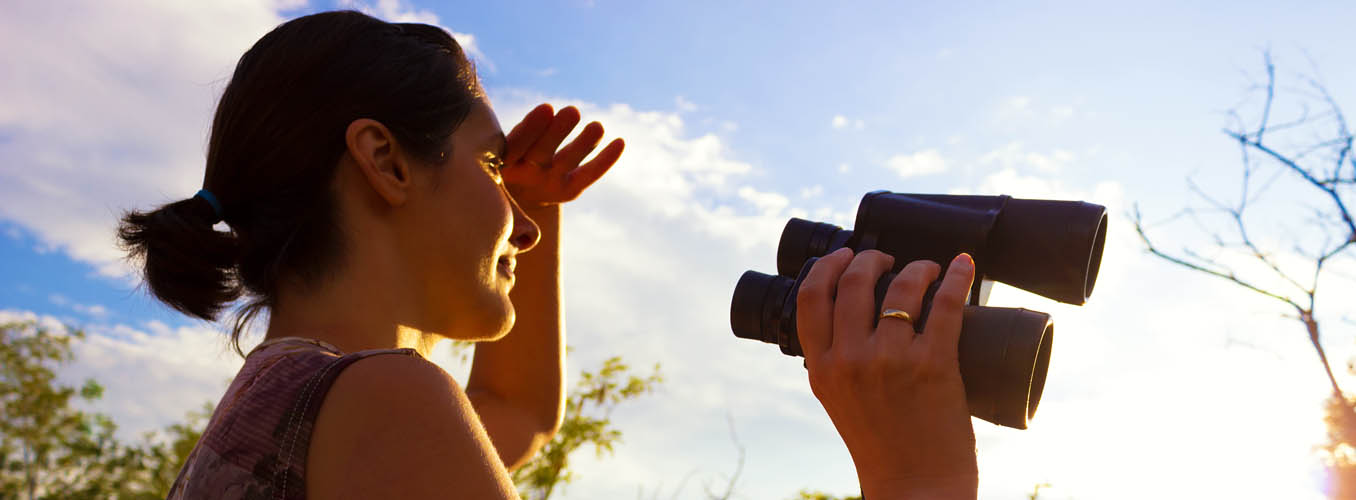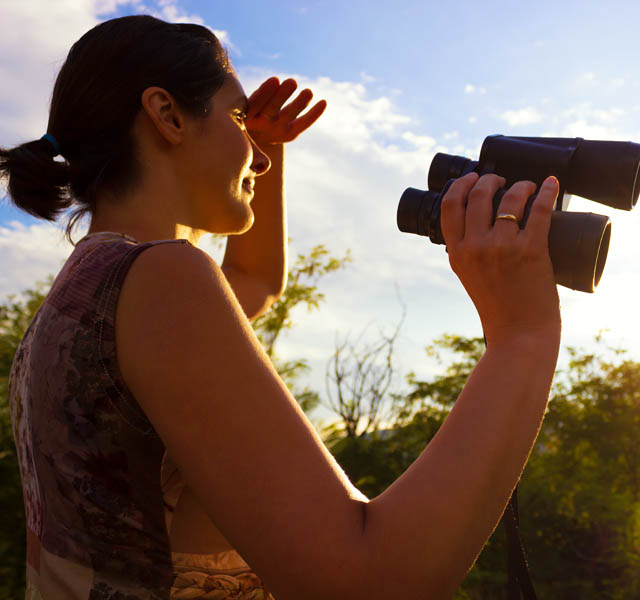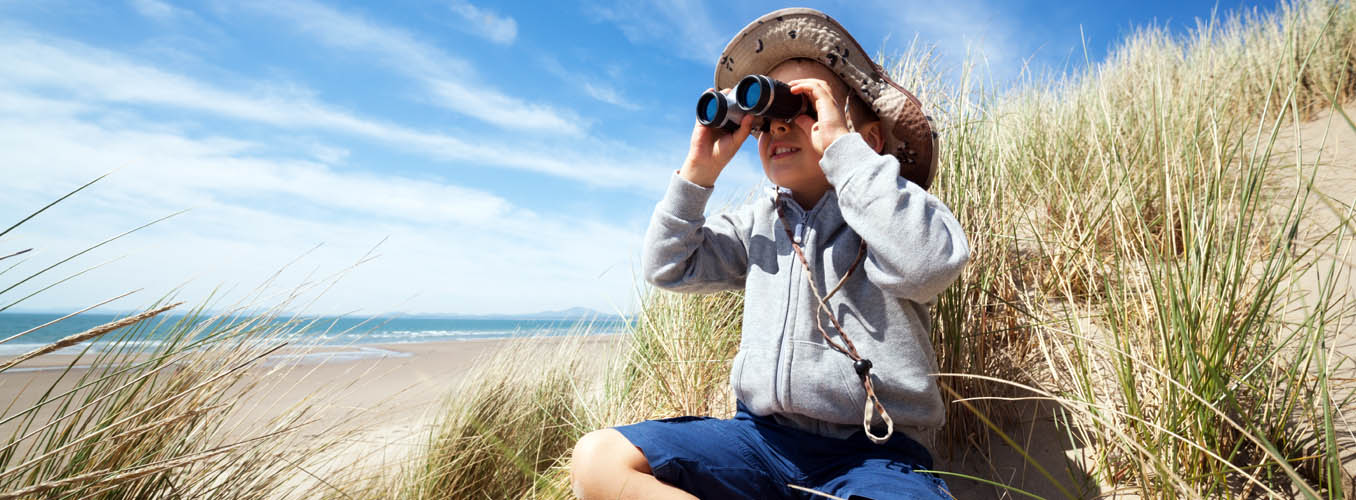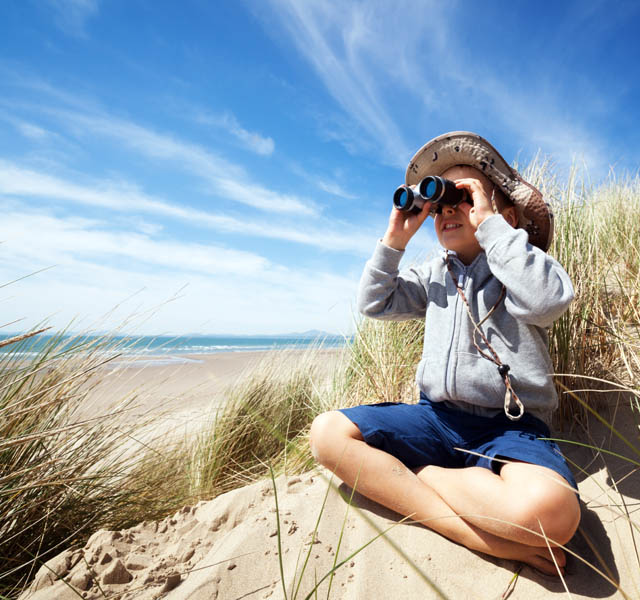The island of Cyprus lies in the path of long migration route across the eastern Mediterranean where birds can rest and feed. The island has its own resident species but in the spring and autumn thousands of birds pass through. During these times of year there are some spectacular fly overs – in typical V formation - of cranes, herons and egrets. Many birds over-winter and breed in Cyprus and then return to the countries where they are normally resident.
In the spring-time amongst the many birds that arrive are the house-martins and swallows who build their nests in the cloisters of monasteries, in porches and even inside churches. Swooping low and fast through the narrow village streets these birds busy themselves building their nests and nurturing very often two sets of young. By late summer they have all flown away. Likewise the spectacular blue crows (rollers) and brilliantly coloured bee-eaters spend the spring months on the island, both nesting and raising their young in holes in sandy banks or crevices in old walls. The fields in the springtime are musical with small birds, goldfinches, crested larks, corn buntings to name but a few. Wheatears (the Cyprus wheatear is endemic) are commonly seen perched conspicuously on the tops of trees and bushes. The Sardinian and the endemic Cyprus warbler hide in the undergrowth.
A number of raptors inhabit the high cliffs of the Kyrenia range including peregrine falcons, Eleanora’s falcon, Bonelli’s eagle and the Booted eagle; kestrels abound and the blue rock thrush also favours the rocky summits of the Kyrenia range. Honey buzzards can sometimes be seen circling high up on the thermals. Ravens often soar above Kantara castle and jackdaws squawk around the caves and cavities in the limestone cliffs. In the cornfields the distinctive call of the black francolin can be heard throughout the spring and in the olive groves the little owl is active during the day. In the warm summer nights regularly one can hear the distinctive soft ‘hoot’ of the Scops owl. Hen harriers swoop low over the open fields and marsh harriers are resident amongst the reed beds of lakes and reservoirs where grey herons, purple herons and squacco herons can also be seen.
North Cyprus has a number of important wetlands where bird-watching can be very rewarding. The existence of many of these wetlands depends on good winter rainfall but some stay full all year round. Spur-winged plovers, black-winged stilts and glossy ibis are commonly seen at a number of wetland sites and coots are numerous. Flamingos, known famously for spending the winter at the Larnaka salt lake, occasionally overwinter in the North. The Nicosia Sewage Treatment facility at Haspolat is composed of a series of lakes bordered by reed-beds and this attracts a large number of duck species, mallard, pintail, garganey, ferruginous duck to name a few. A colony of breeding gulls, the Audouin gull, is permanently resident on an island at the very tip of the Karpas peninsular. Scavenging hooded crows are everywhere.







